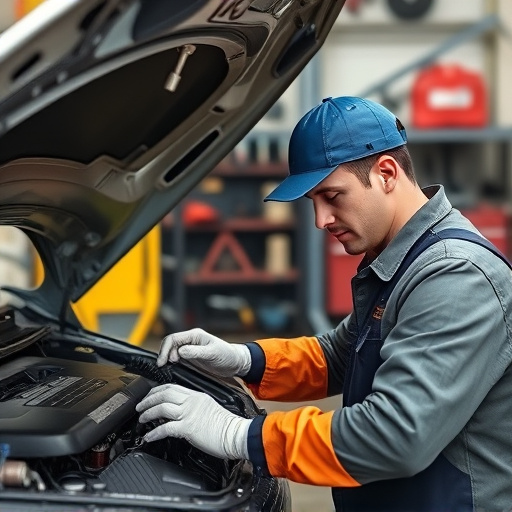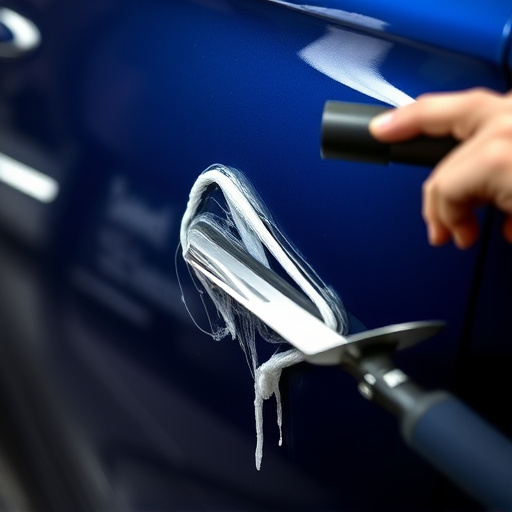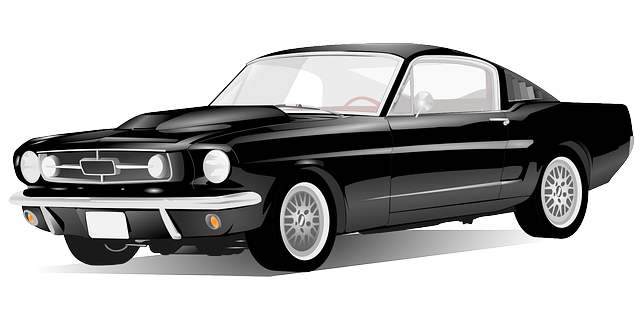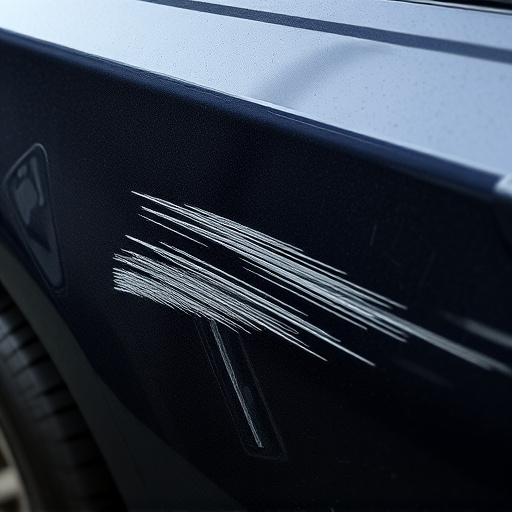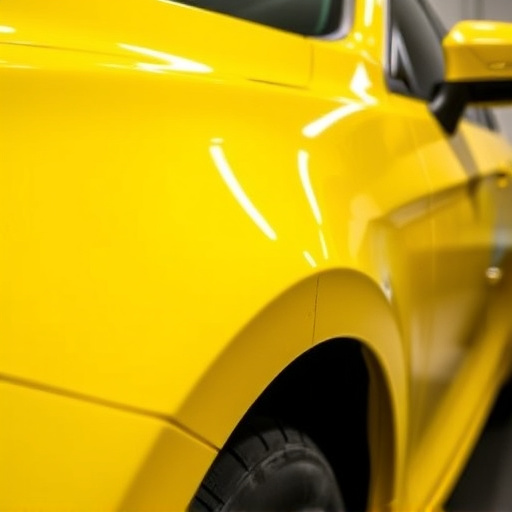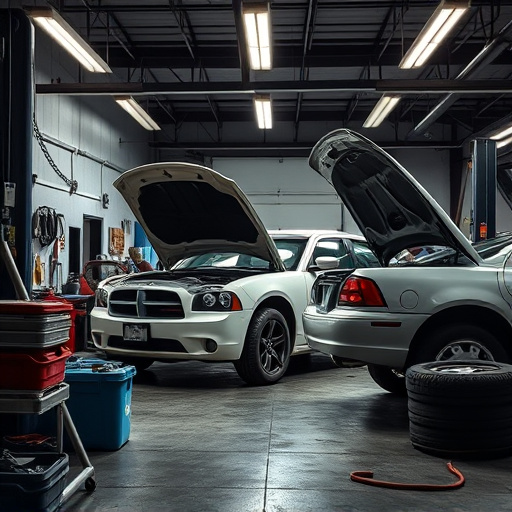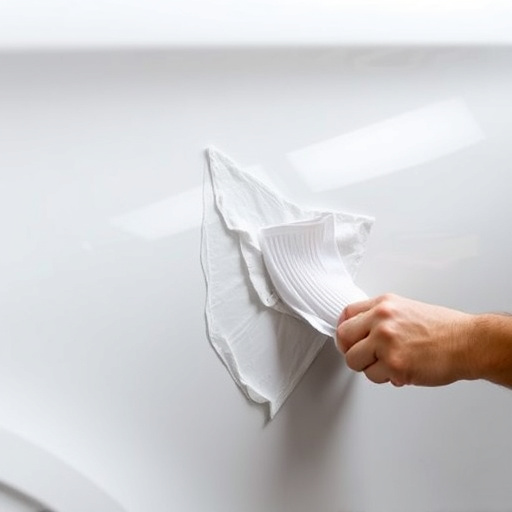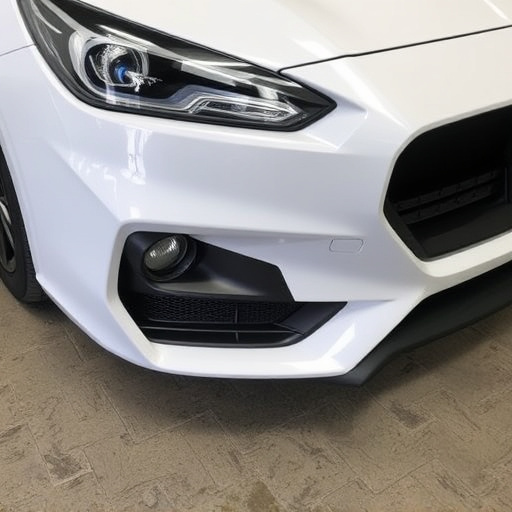The exhaust system, often overlooked after a collision, is crucial for vehicle safety and performance. Damage can include dents, cracks, and dislodged parts, affecting combustion, engine performance, noise levels, fuel efficiency, and toxic fumes. Specialized repair services are vital to restore these aspects, with expert technicians inspecting and replacing components like pipes, mufflers, catalytic converters, ensuring optimal vehicle function and emissions control while adhering to safety standards.
In the aftermath of a vehicle collision, understanding how crashes impact the exhaust system is crucial for both safety and efficiency. This article delves into the intricate role of the exhaust system in post-collision scenarios, detailing common damage types and effective restoration methods. By exploring these aspects, we aim to empower car owners with knowledge on exhaust system collision repair, ensuring optimal vehicle performance and longevity.
- Understanding the Exhaust System's Role After Collisions
- Common Damage to Exhaust Components in Car Crashes
- Restoring Efficiency: Repairing and Upgrading After Collision Damage
Understanding the Exhaust System's Role After Collisions
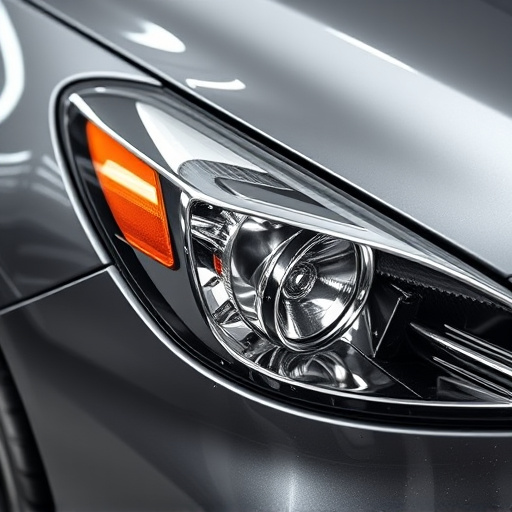
After a collision, the exhaust system plays a crucial role in vehicle safety and performance. While the immediate focus tends to be on more visible damages like car dent removal or structural integrity, the automotive repair of the exhaust system is equally important. A well-functioning exhaust system ensures optimal gas combustion, enhances engine performance, and reduces noise pollution. In terms of collision repair, it’s vital to assess if the exhaust components have been compromised. Leaks or deformations can not only lead to reduced fuel efficiency but also pose safety hazards due to toxic fumes.
During collision repair services, technicians must inspect pipes, mufflers, and catalytic converters for any damage. Even minor impacts can cause internal stress that might go unnoticed visually but could compromise the system’s integrity over time. Therefore, comprehensive exhaust system collision repair is essential to restore not just the vehicle’s appearance through auto repair services but also its overall efficiency and safety features.
Common Damage to Exhaust Components in Car Crashes
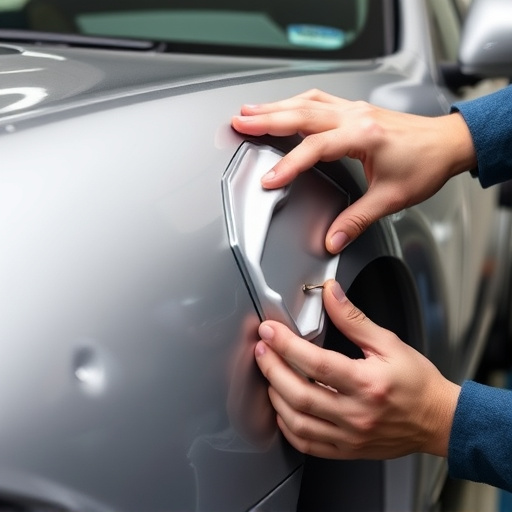
In car crashes, the exhaust system is often one of the most overlooked components when it comes to damage assessment and repair. Common areas of damage include dents, cracks, and dislodged parts. These can occur due to impact with other vehicles, road debris, or even the ground during a severe collision. The catalytic converter, for instance, is particularly vulnerable due to its location at the rear of the vehicle and exposure to high-impact zones. Damage to this component not only affects exhaust flow but also releases harmful pollutants, posing safety risks.
Additionally, the exhaust pipe may suffer from buckling or complete rupture, allowing hot exhaust gases to escape into the vehicle interior. Such incidents can lead to serious burn injuries and poor driving conditions. Efficient exhaust system collision repair is crucial for restoring vehicle performance, ensuring safe operation, and maintaining optimal fuel efficiency. Auto body shops specializing in such repairs are equipped with the knowledge and tools to accurately diagnose and address these issues, including dent repair and replacement of faulty components.
Restoring Efficiency: Repairing and Upgrading After Collision Damage

After a collision, the exhaust system often suffers from damage that can significantly impact its efficiency. Restoring this critical component is crucial for optimal vehicle performance and emissions control. Many car body shops offer specialized services tailored to exhaust system collision repair, ensuring that each part is inspected, replaced if necessary, and upgraded when possible.
Proper repairs go beyond simply fixing visible dents or scratches (similar to those a car dent removal service might handle) and involve assessing internal structural integrity. By employing advanced diagnostic tools and experienced technicians, these shops can identify subtle damage that could compromise the exhaust system’s performance. Upgrading to more durable or high-performance components can further enhance efficiency, ensuring your vehicle meets emission standards while delivering improved driving dynamics.
Collisions can significantly impact a vehicle’s exhaust system efficiency, often causing damage that requires prompt attention. By understanding the critical role of the exhaust system in post-collision scenarios and identifying common components at risk, drivers can make informed decisions regarding repair and upgrades. Efficient exhaust system collision repair not only ensures optimal vehicle performance but also contributes to safety by restoring crucial emissions control functions. Implementing timely repairs and considering modern upgrades can enhance both the longevity and environmental compatibility of a vehicle post-crash.
